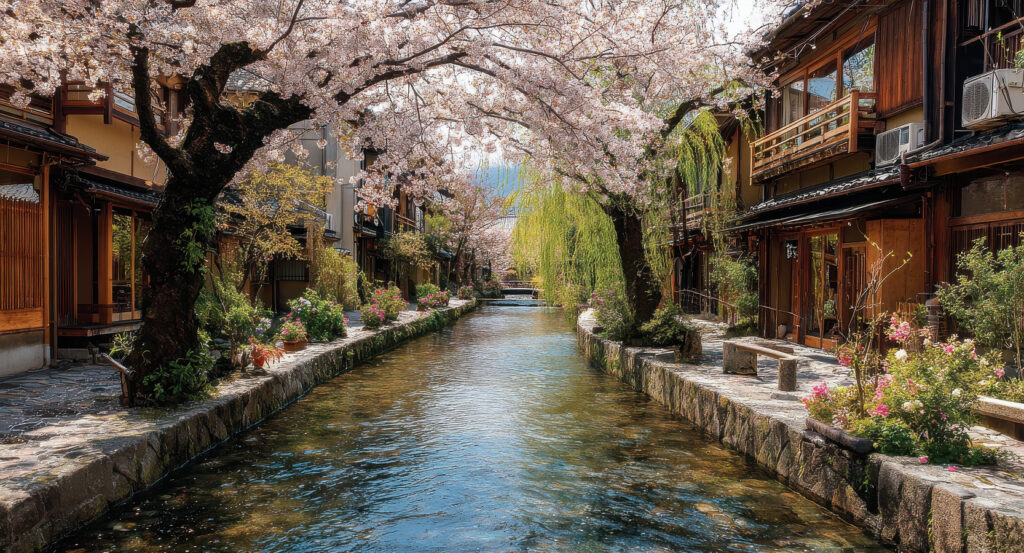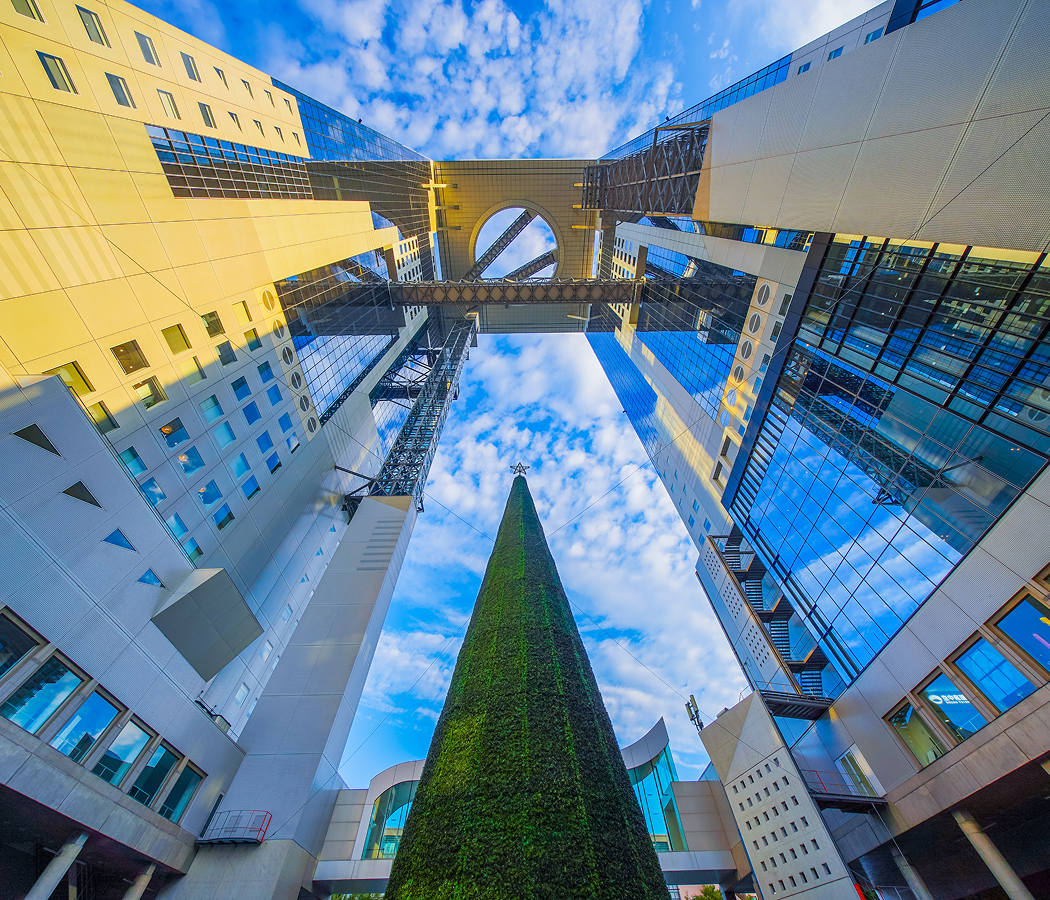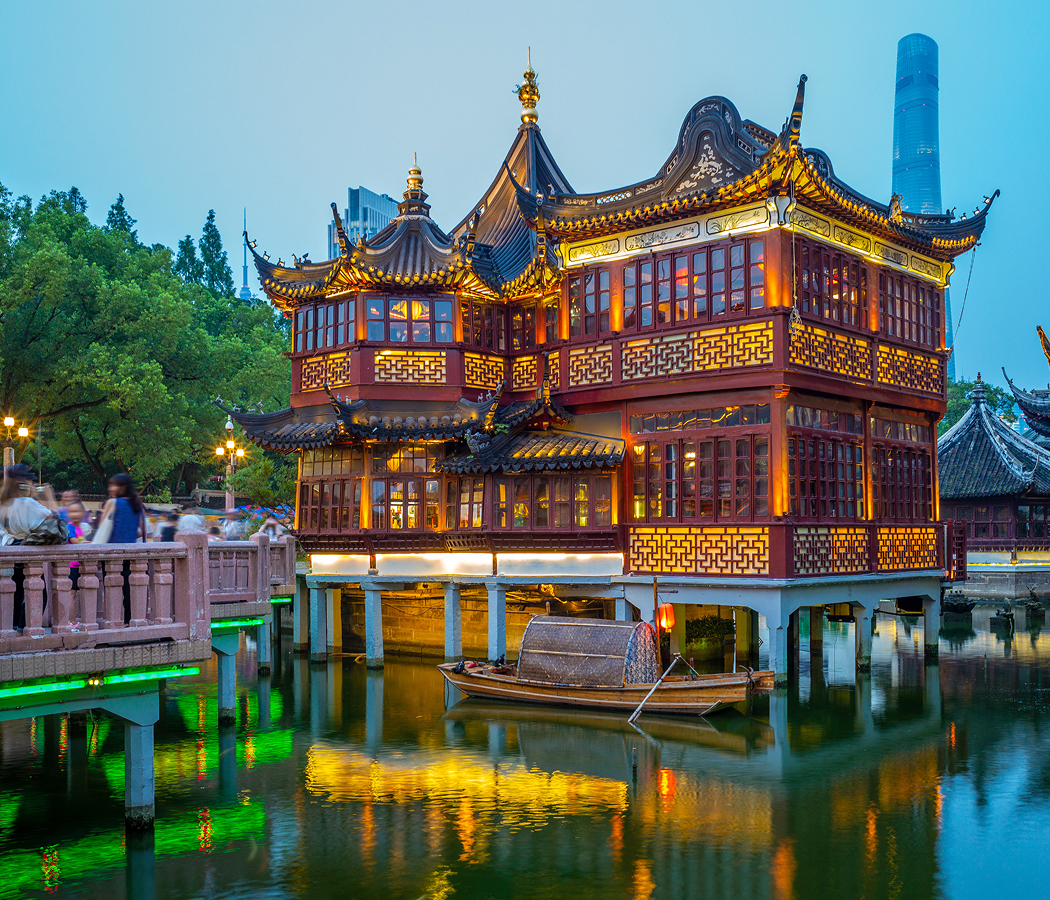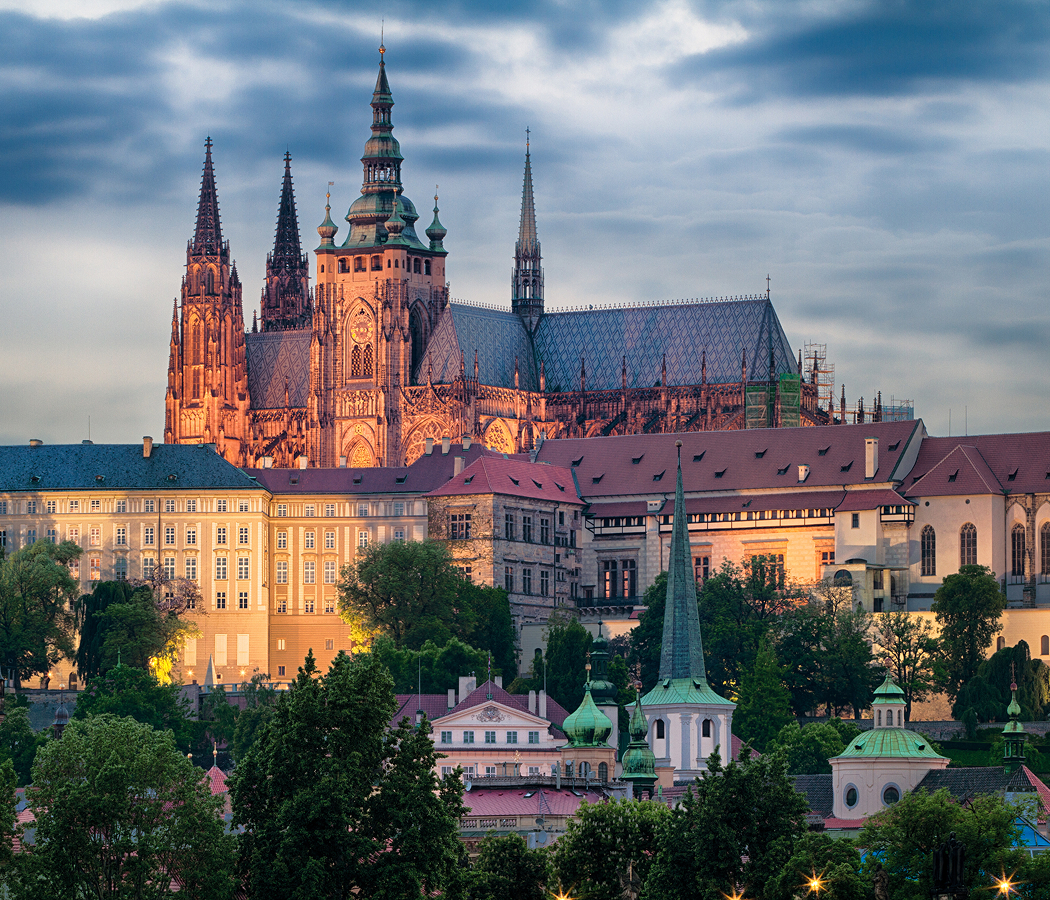
Why you should experience Gion in Kyoto.
Gion in Kyoto is more than a neighborhood, it’s the beating heart of Japan’s cultural memory, where time slows, lanterns glow, and centuries of artistry move through the streets in quiet grace.
Stretching between Yasaka Shrine and the Kamo River, Gion is the most iconic of Kyoto’s hanamachi, the traditional entertainment districts where geiko (Kyoto’s geisha) and maiko (apprentice geisha) still practice the refined arts of music, dance, and conversation. Walking through its cobblestone lanes feels like stepping into a woodblock print come to life. Two-story machiya townhouses stand shoulder to shoulder, their latticed façades glowing amber from within. Paper lanterns hang like jewels over narrow alleyways, while the scent of grilled eel, cedar, and incense mingles in the night air. As dusk deepens, a hush falls, broken only by the sound of wooden clogs tapping against the stone. Then, from the shadows, a flash of color: a maiko in silk kimono, gliding swiftly between engagements, her presence as fleeting as moonlight. Gion doesn’t perform for the camera, it breathes tradition in every detail, revealing Kyoto’s soul through subtlety rather than spectacle.
What you didn’t know about Gion.
Though Gion is often romanticized for its beauty, its story is one of resilience, evolution, and devotion to craft.
The district’s origins trace back to the 15th century, when pilgrims visiting Yasaka Shrine began stopping at tea stalls and inns along the way. These small establishments grew into elegant teahouses (ochaya), where entertainers provided refined hospitality. By the Edo period, Gion had become one of Japan’s most celebrated pleasure quarters, not in the sense of indulgence, but of cultivated art. The geiko here dedicate their lives to perfecting subtle conversation, classical dance, and musical performance, upholding traditions that have remained largely unchanged for centuries. Unlike the geisha of Tokyo, Kyoto’s geiko embody an even deeper aesthetic, iki, a quiet sophistication that balances restraint with allure. Gion’s architecture mirrors this spirit: dark wood façades conceal intimate rooms, tatami mats absorb sound, and every lantern bears the crest of its teahouse. Despite modernization, Gion has survived fires, wars, and waves of tourism by preserving its identity through discipline and respect. Few realize that many ochaya remain private, accepting clients only through introduction, continuing a centuries-old code of trust. The district’s annual Gion Matsuri, one of Japan’s oldest festivals, still parades through its streets each July, a vivid reminder that Gion isn’t nostalgia; it’s living heritage.
How to fold Gion into your trip.
To experience Gion in Kyoto is to surrender to atmosphere, not agenda.
Arrive just before sunset, when the streets of Hanamikoji-dori and Shirakawa glisten in the fading light. Begin near Yasaka Shrine, where the sound of bells and prayer mingles with the murmur of footsteps, and follow the lantern-lit lanes toward the Kamo River. Pause at Shirakawa Minami-dori, one of the most photographed streets in Japan, where willow trees bend gracefully over a narrow canal lined with stone bridges and blooming cherry blossoms in spring. Visit one of the local teahouses or ryotei restaurants for a multi-course kaiseki dinner, each dish presented like poetry on porcelain. If you’re fortunate, you might attend a seasonal maiko dance performance at Gion Corner, where Kyoto’s traditional arts, from flower arranging to kyo-mai dance, are shared with the public in beautifully preserved form. But even without formal encounters, simply walking through Gion at night can feel transcendent: the rustle of kimono silk, the amber glow of andon lamps, the river shimmering beyond the rooftops. To linger here is to understand Kyoto’s genius, how it makes beauty feel eternal without ever trying to hold it still. Gion is not a museum; it’s a living poem, and every visit is another verse written in reverence.
Hear it from the Foresyte community.
Walk slow here. Gion feels like a movie set nobody told you about. Wooden houses glowing, blossoms hanging low, you end up whispering without knowing why.
Where meaningful travel begins.
Start your journey with Foresyte, where the planning is part of the magic.
Discover the experiences that matter most.















































































































